The transmission shafts is a rotating machine part, generally of circular cross-section. That conveys power or motion from one part to another. In other words, it transmits power from the part which produces it to the one which absorbs. The transmission shaft is one of the crucial parts of all the rotating machinery.
In this article, we will thoroughly discuss the transmission shaft, how it works, its types, function, length, and materials. So, you can have a clear idea about its functionalities and properties to use in your manufacturing process.
What is the Transmission Shaft?
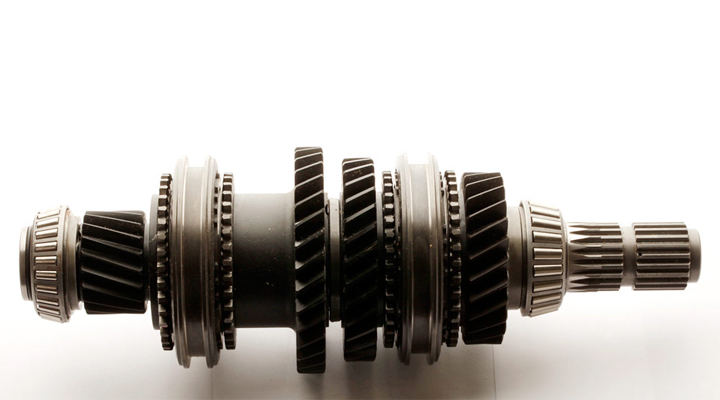
There are many ways to generate power but sometimes it is difficult to produce power where it’s needed with perfect magnitude and direction. For this reason, the transmission shaft and gearbox are used in automobiles. The manual transmission gearbox has a transmission shaft. To transport the energy from the engine to the wheels to drive the automobile transmission gearbox is used. During this energy transfer, the transmission shaft and gear lower the power to the workable speed. The transmission shaft’s design and specification have significant importance in the layout of the vehicle transmission.
What is the transmission shaft for?
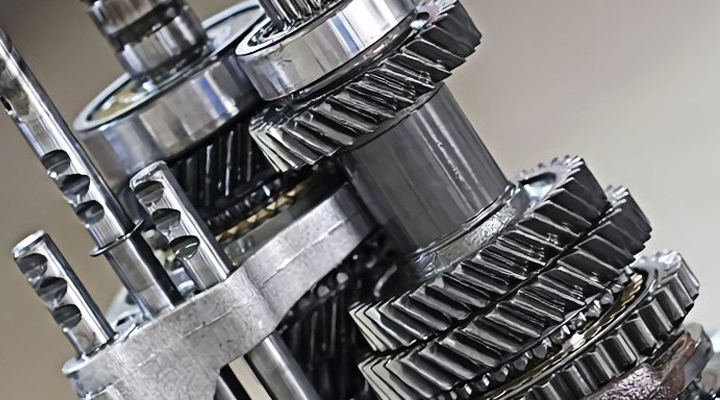
The transmission shaft is one of those elements in the basic machine components which provides the axis of rotation, oscillation and controls the geometry of the motion. It is used in mechanical equipment in a variety of ways. The transmission shaft is supported by bearings and rotates the machine elements like gear, flywheels, cranks, and pulleys for transferring the torque needed by the engine. A shaft must be of enough strength to control these dynamic and static produced loading.
Shafts have many uses in transportation, aerospace, automotive, consumer products, mining, and industrial manufacturing industries. Transmission shafts channel the generated force in a wide range of equipment from cars to planes and other appliances.
How does a transmission shaft work?
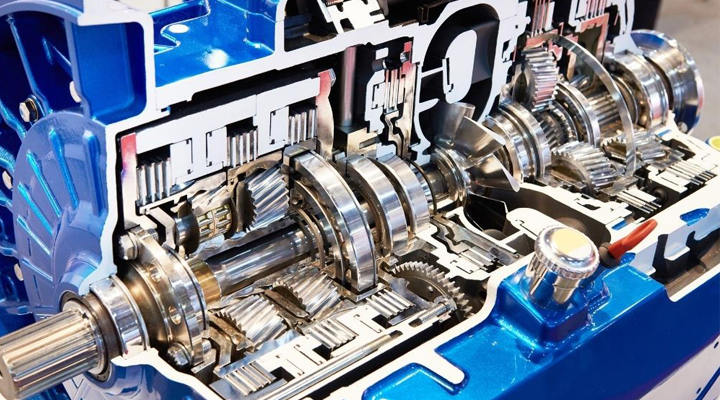
The transmission shaft can be found in the manual transmission gearbox. The objective of the transmission shaft is to conduct the high output of the automobile engine to the wheels. The transmission shaft also reduces the speed to make it compatible. The gearbox does this process by the complex positioning of the gear and shafts.
The engine’s crankshaft turns and produces power which must go through the transmission to reaches the wheel. The first part to receive this energy is the input shaft which can be engaged and disengaged through the clutch. In rear-wheel drive, the input shaft is lay parallel to the output shaft forms a singular component sometimes called the main transmission shaft.
Types of Transmission Shafts
Main Shaft
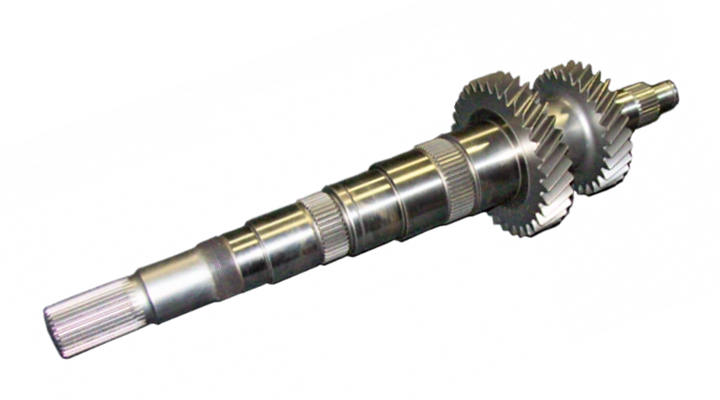
The main shaft which is sometimes called the output shaft extends from the rear of the transmission. The main shaft and the input shaft extends are in line that extends from front to the rear of the transmission. They look to be the one shaft but they are two different shafts. The front of the main shaft is being supported by the small bearing from the rear of the input shaft. The main shaft rotates at different speeds and provides the torque needed for the vehicle. It is a splined shaft, so the gear or synchronizer can be moved for engagement and disengagement.
A Counter Shaft
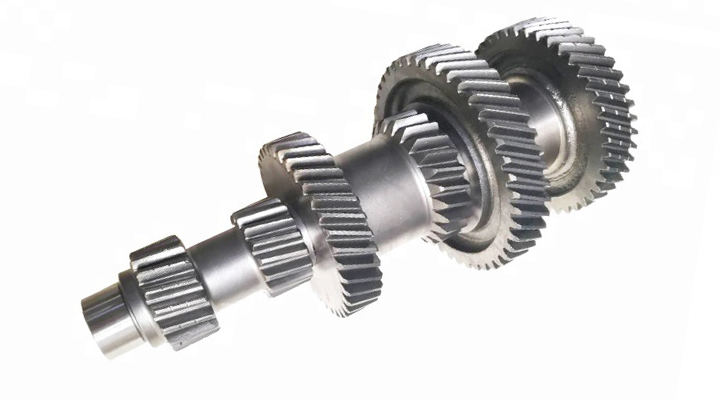
This shaft lies parallel to the main shaft and is forced by the input shaft through a pinion gear. In a fundamental manual transmission design, the transmission gears are connected to the countershaft permanently, spins with it. Input and countershaft are the same things in front-wheel drive cars. It has a clutch mechanism, which connects it with the engine and shifts power to the output shaft through the gear.
An Idler Shaft
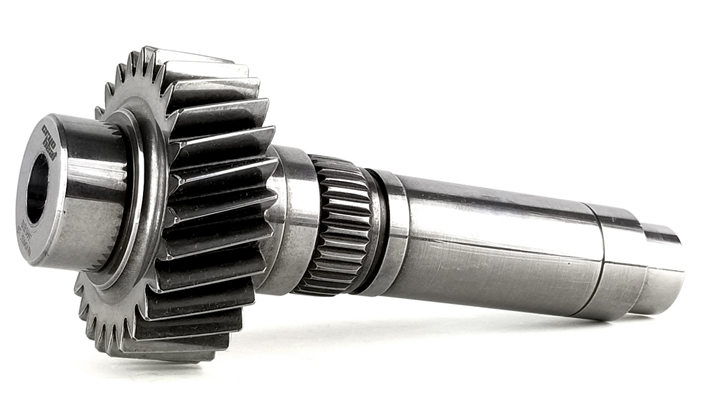
An idler shaft also known as the reverse idler shaft is a small plain shaft that reverses the idler gear. It is called an idler because it does not have any part to play in speed reduction and torque increase. Its main purpose is to reverse the direction of the gear which means changes the direction of the rotation.
What is the transmission shaft made of?
A shaft and gear are toothed that helps to connect with another shaft teeth to continuously transmit rotational power. Engineers can match and mix shafts and gears of different sizes and diameters to change the force and speed of these components. Shafts are made from mild steel. For the high strength shafts, alloy steel such as nickel, nickel-chromium, or chromium-vanadium steel is used. Shafts are usually formed by hot rolling and finished by cold drawing, turning, and grinding.
What are the materials of the transmission shaft?
The material used for the shafts should have the below-mentioned properties
- The material should be of high strength
- It must have the properties of good machinability (easily machined)
- Must possess a low sensitivity factor (ductile material is used which means stress concentration is low)
- Carbon steel of grades 40 C 8, 45 C 8, 50 C 4, and 50 C 12 should be used while making the shafts
American Society of Mechanical Engineering (ASME) allows the following maximum working stresses for the design of transmission shafts
- 112 MPa for shafts without allowance for keyways
- 84 MPa for shafts with allowance for keyways
The most commonly used material for developing power-transmission shafts are Hot rolled steel bars, low-carbon steel, or an alloy (AISI/SAE 4140, 4340, and 8620).
What is the length of transmission shafts?
Transmission shafts come in different sizes in the market but the standard sizes are mentioned below.
Transmission shafts standard sizes or lengths (according to steps) are:
- For 5 mm steps, 25 – 60 mm.
- For 10 mm steps, 60 – 110 mm.
- For 15 mm steps, 110 – 140 mm.
- For 20 mm steps, 140 – 500 mm.
The ideal prescribed lengths for the transmission shafts are 5 m, 6 m, and 7 m.
Shaft diameter is the main factor for determining the center distance of a gearbox and thus its size. During the design process, strength and resistance to deformation are the key points to keep in consideration.
Does DEK offer a customized transmission shaft?
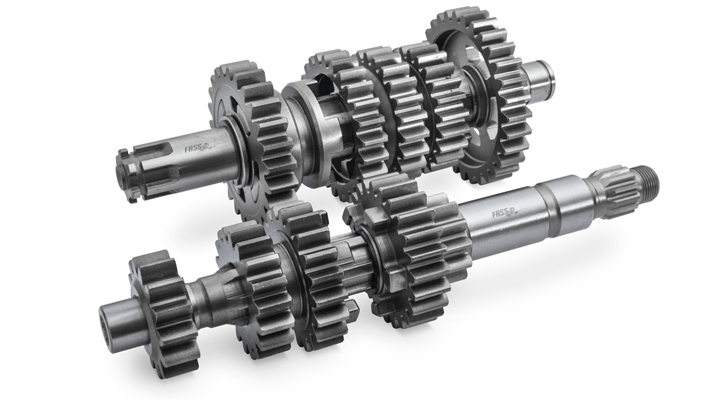
DEK transmission shaft technology is exemplary for high-performance applications. Our transmission shaft is lightweight and composites are extremely strong. We create transmission shafts for the utmost precision engineering technology to give power to the engine, if needed.
DEK is one of the top-notch manufacturers of industrial products, prototypes, and customized machined parts. DEK keeps a strong relationship with its technology partners and provides solutions to prototyping, production, and contract manufacturing services. We are extremely concerned about our customer’s satisfaction through our high-quality, cost-efficient, and sustainable products.
Conclusion
In this article, we have thoroughly discussed the transmission shaft and its types, functional, the material it is made of, its mechanism, and its usage to give you an idea about the transmission process. So, now you can have enough knowledge to make a suitable shaft selection for your transmission project.
DEK offers the best transmission shafts which help manufacturers produce powerful engines. Place your order today at DEK machining and manufacturing company and receive your product at your place. If you need any assistance regarding the technical aspects of the project, feel free to contact our engineers and technical support team.
